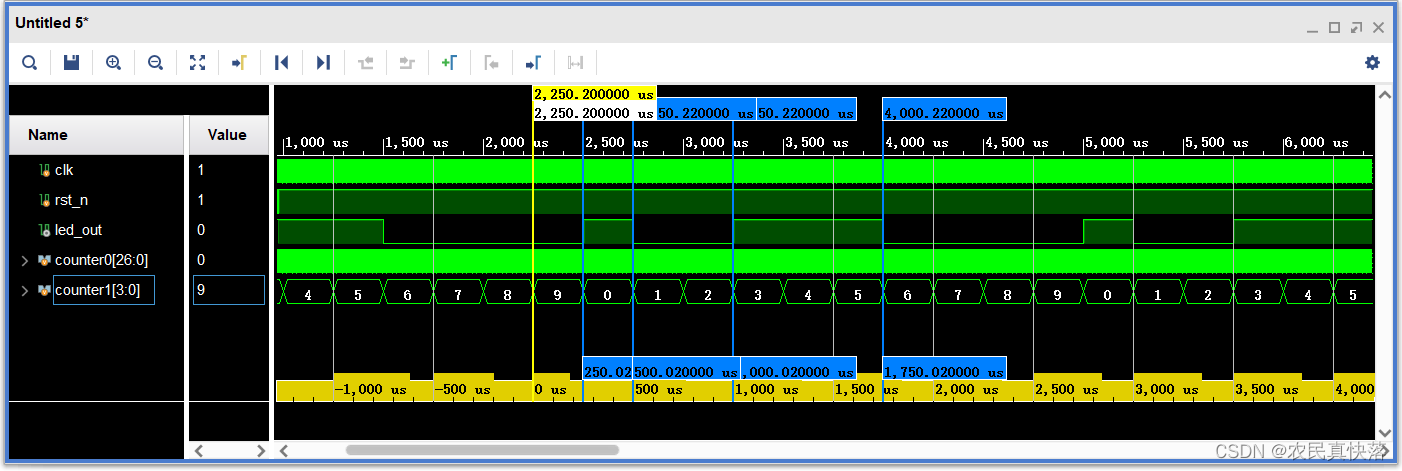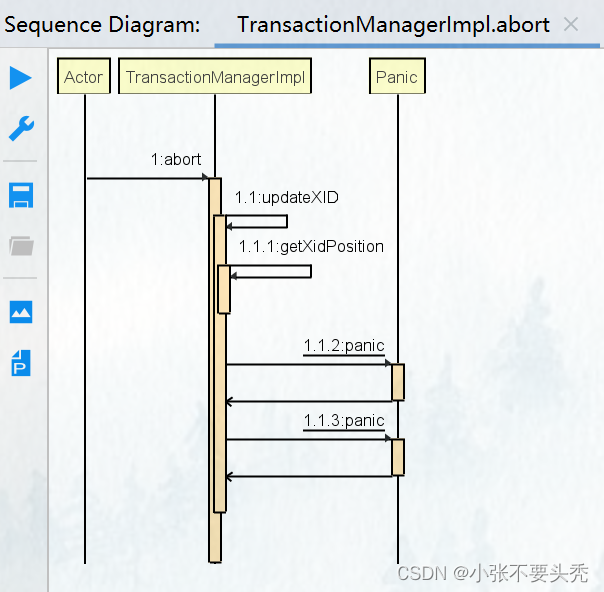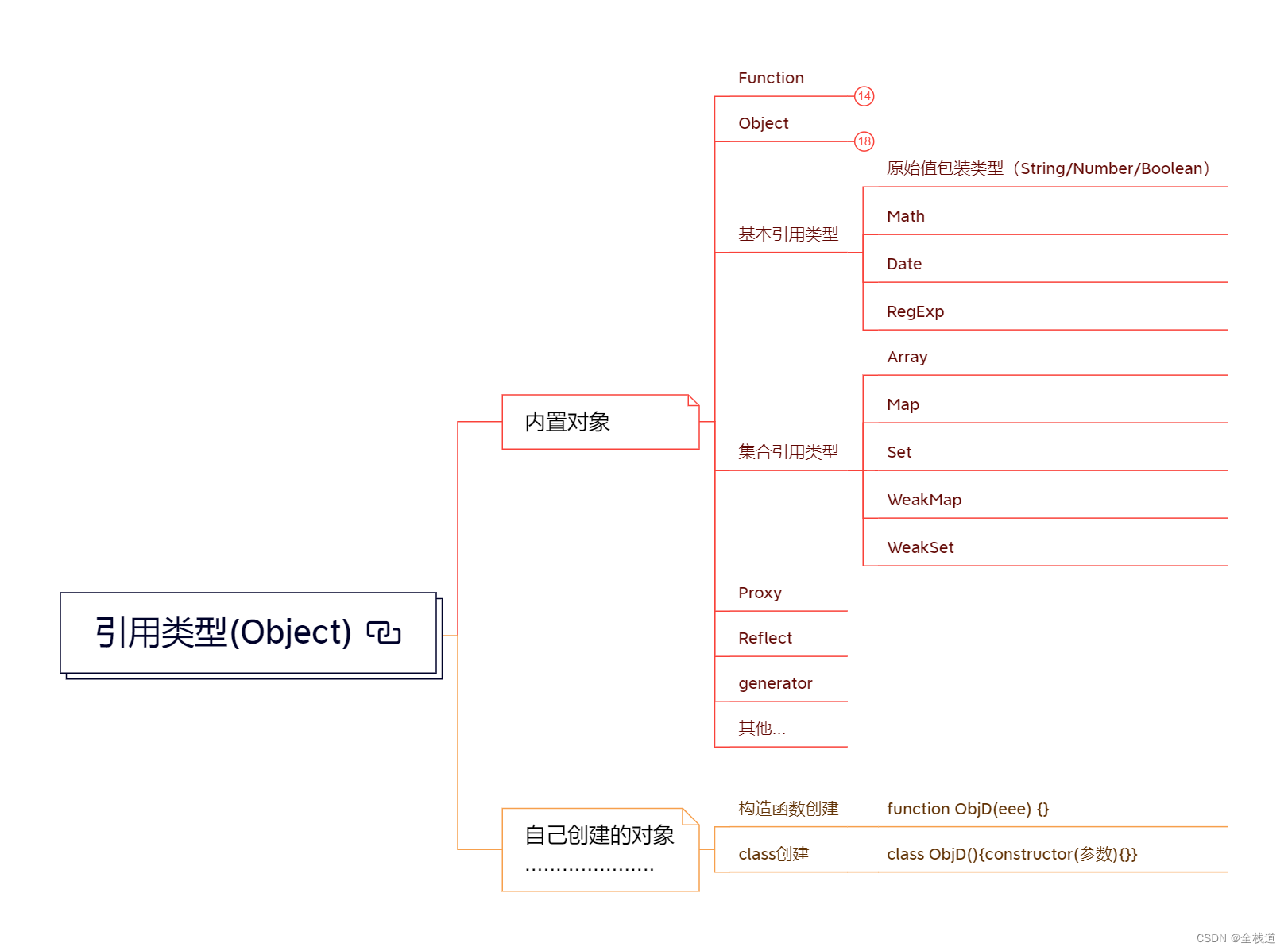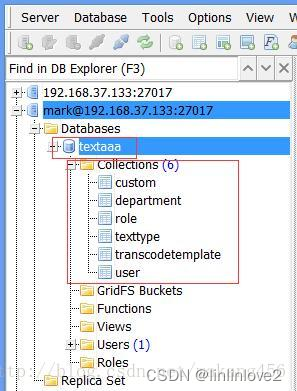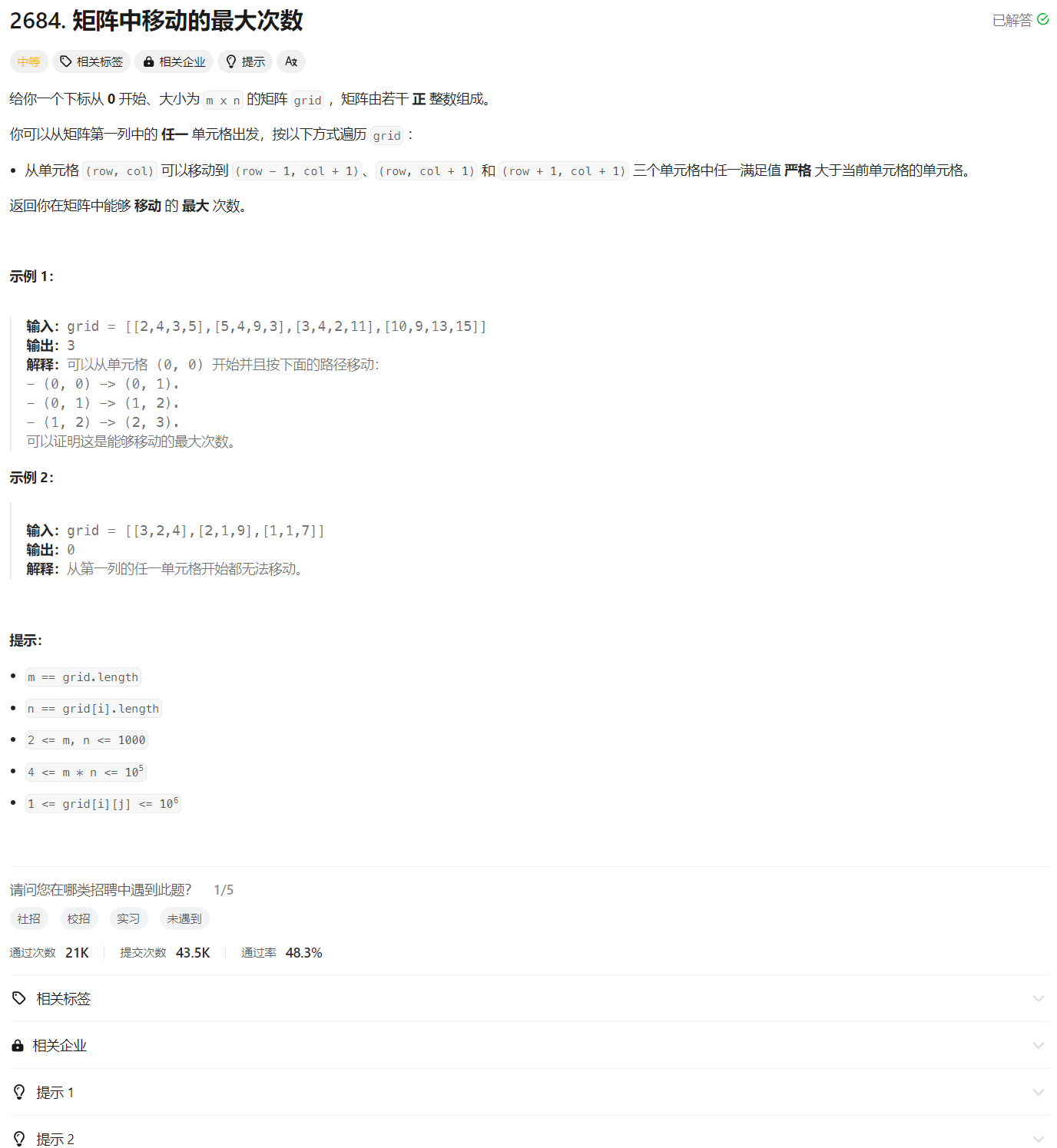文章目录
- 该系列目录:
- 设计目标
- 设计思路
- RTL 及 Testbench
- 仿真结果
- 存在的问题?
- 改善后的代码
- RTL代码
- testbench代码
- 仿真结果
案例和代码来自小梅哥课程,本人仅对知识点做做笔记,如有学习需要请支持官方正版。
该系列目录:
Verilog线性序列机点灯案例(一)
设计目标
我们的FPGA的时钟频率为50MHz,即每个周期20ns。
因此,在该时钟下时间和周期数的对应关系为:
| 持续时间 | 对应周期数 |
|---|---|
| 0.25s | 12,500,000 cycles |
| 0.5s | 25,000,000 cycles |
| 0.75s | 37,500,000 cycles |
| 1s | 50,000,000 cycles |
我们的目标是让LED以**【亮0.25秒->灭0.5秒->亮0.75秒->灭1秒】**的规律,持续循环闪烁。
设计思路

为了完成这样的规律性闪烁,需要一个计数器,计数满2.5秒归零,即:当上升沿采样到125,000,000-1时,计数器归零。
然后,led灯根据当前计数器的数值,设置led的亮灭,图中已经标注了led跳变时的counter数值。下面直接上代码
RTL 及 Testbench
led_ctrl1.v 是RTL代码
module led_ctrl1(
clk,
rst_n,
led_out
);
input clk;
input rst_n;
output reg led_out;
reg [26:0] counter;
//第一个always负责counter计数器的逻辑
always@(posedge clk or negedge rst_n) begin
if(!rst_n) begin
counter <= 0;
end else if(counter == 125_000_000-1) begin
counter <= 0;
end else begin
counter <= counter + 1;
end
end
//第二个always负责led_out闪烁的逻辑
//亮0.25s->灭0.5秒->亮0.75秒->灭1秒
always@(posedge clk or negedge rst_n) begin
if(!rst_n) begin
led_out <= 0;
end else if(counter == 0) begin
led_out <= 1;
end else if(counter == 12_500_000) begin
led_out <= 0;
end else if(counter == 37_500_000) begin
led_out <= 1;
end else if(counter == 75_000_000) begin
led_out <= 0;
end
end
endmodule
tb_led_ctrl1.v是testbench代码
`timescale 1ns / 1ns
module tb_led_ctrl1();
reg clk;
reg rst_n;
wire led_out;
initial clk = 1;
always #10 clk = ~clk;
led_ctrl1 led_ctrl1_inst0(
.clk(clk),
.rst_n(rst_n),
.led_out(led_out)
);
initial begin
rst_n = 0;
#201;
rst_n = 1;
#250_000_000
$stop;
end
endmodule
仿真结果
从图中黄色marker标注下的时间间隔可以看出,仿真结果和预期目标一致。
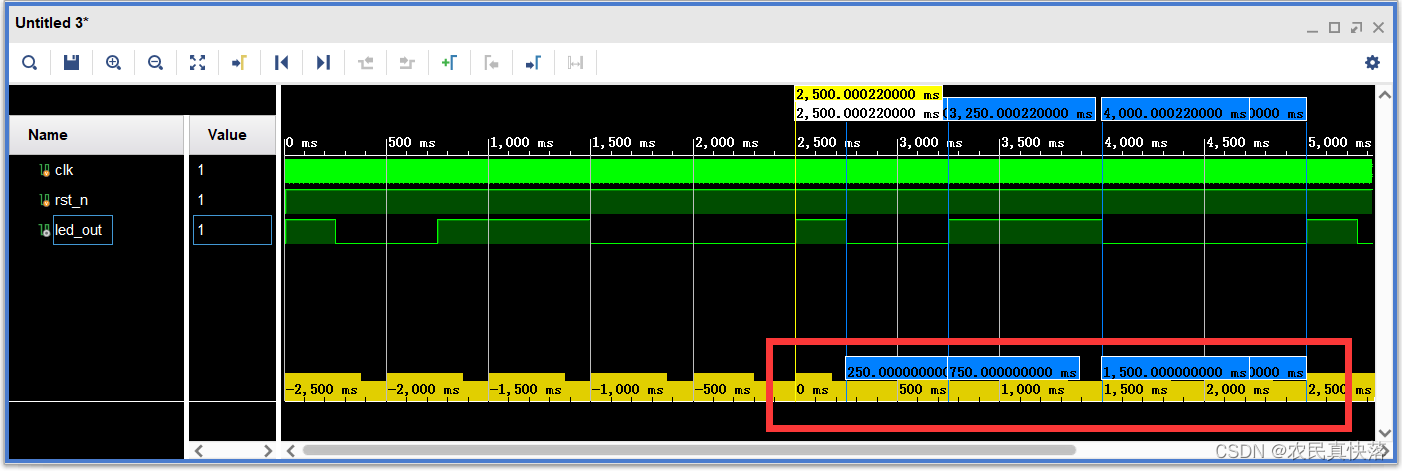
存在的问题?
如果到此就结束了,那么案例(二)和(一)并没有多大区别。
实际上,按照刚才的实现方式可以完成功能,但存在如下问题:
- 仿真时间过长
为了在实际上板时观察到led闪烁的效果,我们的闪烁都是秒级的,vivado仿真一秒时间几乎需要十几秒才能完成,能否减少仿真时间,不影响功能? - 可读性较差
在我们的代码中0.25s,0.75s这些时间尺度都是用具体的计数器的周期数来表示的,数字太大,不好理解,如何解决?
针对以上问题,观察我们的需求是让LED以**【亮0.25秒->灭0.5秒->亮0.75秒->灭1秒】**循环,那么最基本的单位可以视为0.25秒,我们可以使用两个计数器,第一个计数器计数到0.25秒(12500_000 - 1个cycles)时第二个计数器加1。按照这个思路,我们在设置led时只需要关注好第二个计数器即可,1亮,2、3灭,4、5、6亮,7、8、9、10灭,显然可读性是比0亮,12_500_000灭好多了。
此外,针对仿真时间过长的问题,我们可以在RTL模块中定义一个parameter时间单元,而在testbench仿真中重新缩小该时间单元1000倍,实际上板时只会烧录RTL模块,这样既节省了仿真时间,又不影响功能。

改善后的代码
RTL代码
module led_ctrl1(
clk,
rst_n,
led_out
);
input clk;
input rst_n;
output reg led_out;
parameter MCNT = 12500_000 - 1;
reg [26:0] counter0;
always@(posedge clk or negedge rst_n) begin
if(!rst_n)
counter0 <= 0 ;
else if(counter0 == MCNT)
counter0 <= 0;
else
counter0 <= counter0 + 1'd1;
end
reg [3:0] counter1;
always@(posedge clk or negedge rst_n) begin
if(!rst_n)
counter1 <= 0 ;
else if(counter0 == MCNT) begin
if(counter1 == 9)
counter1 <= 0;
else
counter1 <= counter1 + 1'd1;
end
else
counter1 <= counter1;
end
always@(posedge clk or negedge rst_n)
if(!rst_n)
led_out <= 0;
else begin
case(counter1)
0:led_out <= 1'd1;
1:led_out <= 1'd0;
2:led_out <= 1'd0;
3:led_out <= 1'd1;
4:led_out <= 1'd1;
5:led_out <= 1'd1;
6:led_out <= 1'd0;
7:led_out <= 1'd0;
8:led_out <= 1'd0;
9:led_out <= 1'd0;
default:led_out <= led_out;
endcase
end
endmodule
testbench代码
`timescale 1ns / 1ns
module tb_led_ctrl1();
reg clk;
reg rst_n;
wire led_out;
initial clk = 1;
always #10 clk = ~clk;
led_ctrl1 led_ctrl1_inst0(
.clk(clk),
.rst_n(rst_n),
.led_out(led_out)
);
defparam led_ctrl1.MCNT = 12500 - 1;
initial begin
rst_n = 0;
#201;
rst_n = 1;
#20_000_000;
$stop;
end
endmodule
仿真结果
